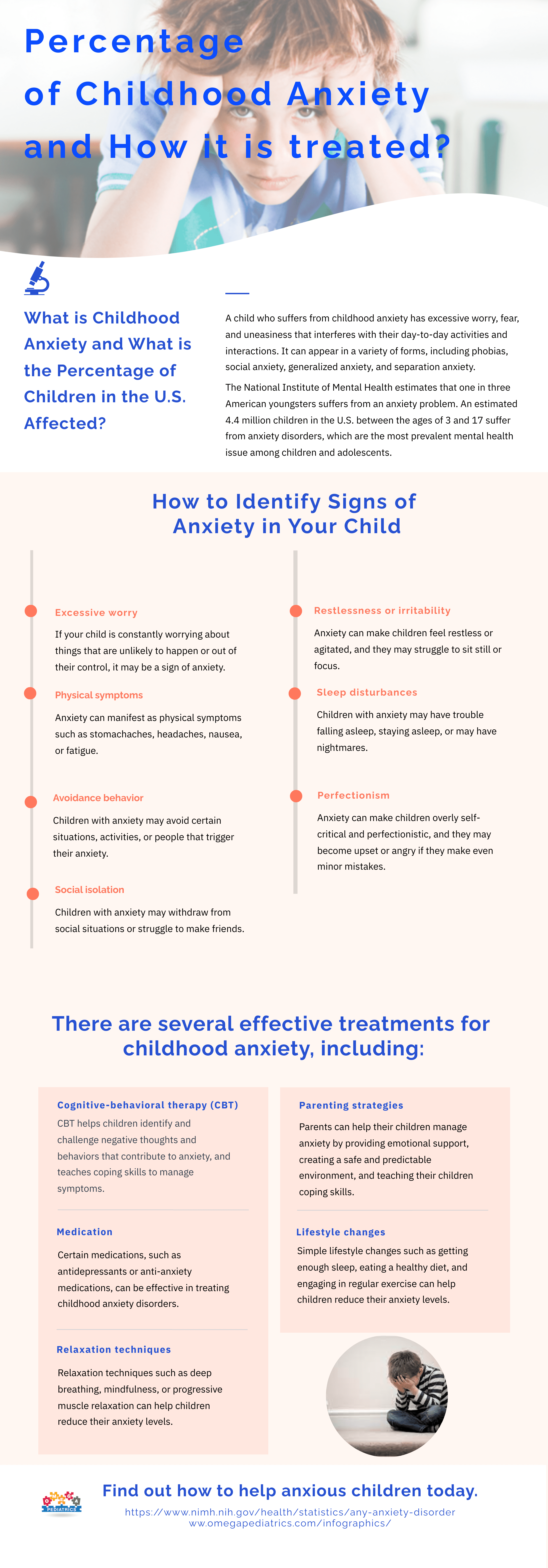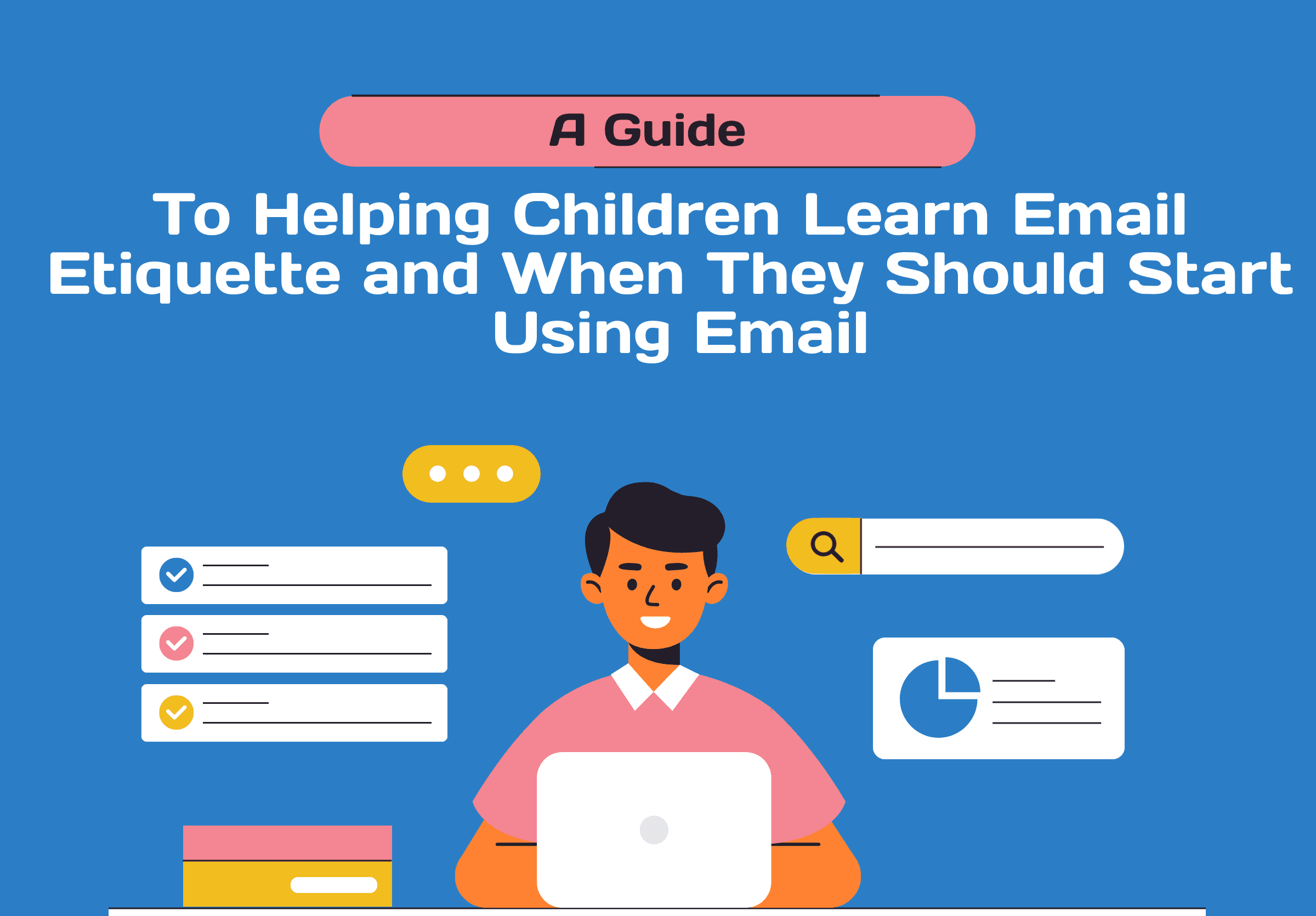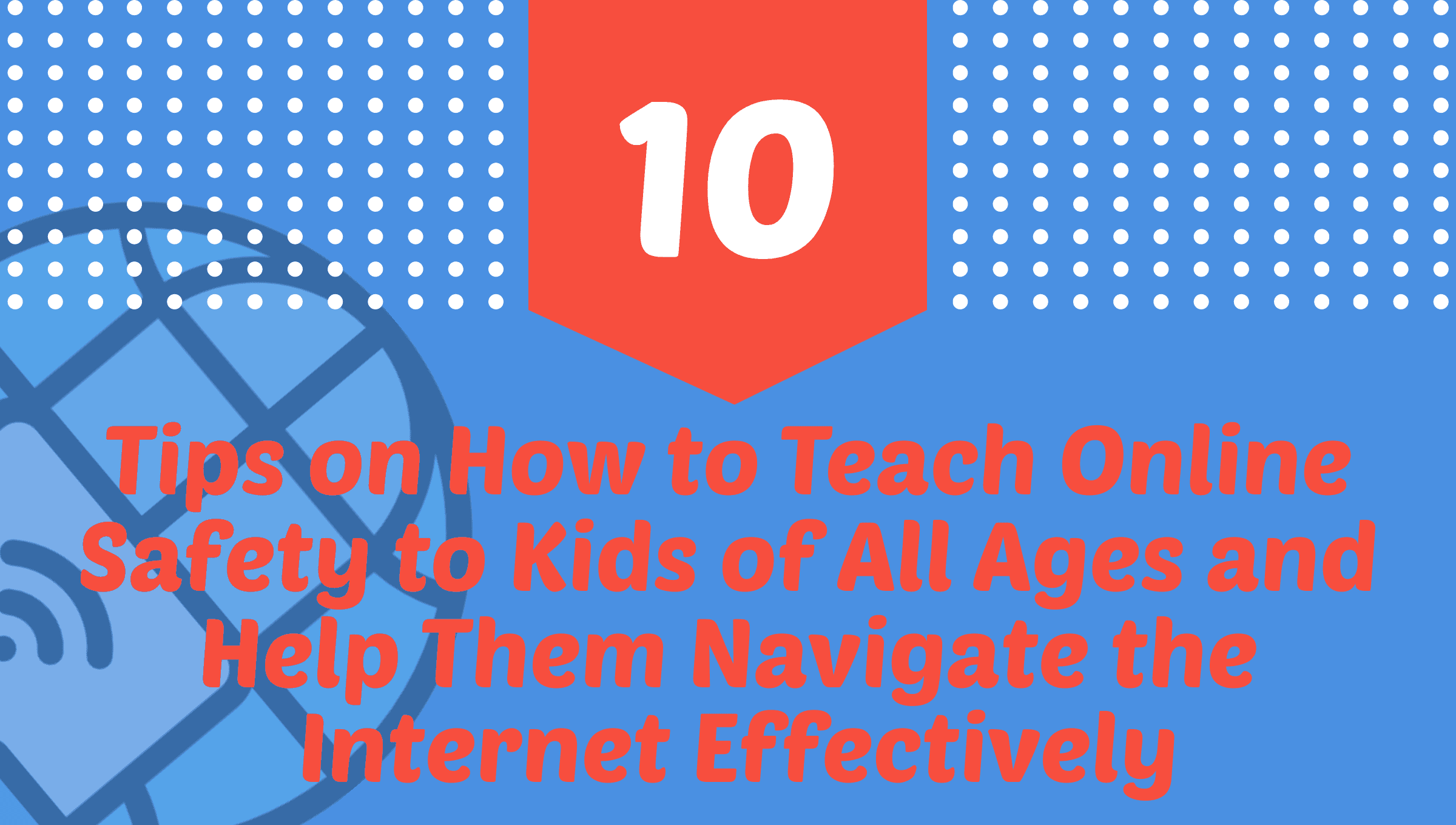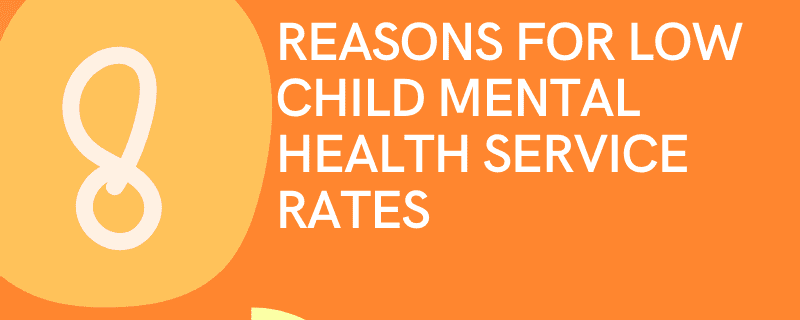Table of Contents

What is Childhood Anxiety and What is the Percentage of Children in the U.S. Affected?
A child who suffers from childhood anxiety has excessive worry, fear, and uneasiness that interferes with their day-to-day activities and interactions. It can appear in a variety of forms, including phobias, social anxiety, generalized anxiety, and separation anxiety.
The National Institute of Mental Health estimates that one in three American youngsters suffers from an anxiety problem. An estimated 4.4 million children in the U.S. between the ages of 3 and 17 suffer from anxiety disorders, which are the most prevalent mental health issue among children and adolescents.
How to Identify Signs of Anxiety in Your Child
- Excessive worry: If your child is constantly worrying about things that are unlikely to happen or out of their control, it may be a sign of anxiety.
- Physical symptoms: Anxiety can manifest as physical symptoms such as stomachaches, headaches, nausea, or fatigue.
- Avoidance behavior: Children with anxiety may avoid certain situations, activities, or people that trigger their anxiety.
- Restlessness or irritability: Anxiety can make children feel restless or agitated, and they may struggle to sit still or focus.
- Sleep disturbances: Children with anxiety may have trouble falling asleep, staying asleep, or may have nightmares.
- Perfectionism: Anxiety can make children overly self-critical and perfectionistic, and they may become upset or angry if they make even minor mistakes.
- Social isolation: Children with anxiety may withdraw from social situations or struggle to make friends.
There are several effective treatments for childhood anxiety, including:
Cognitive-behavioral therapy (CBT): This type of therapy helps children learn to identify and challenge negative thought patterns and behaviors that contribute to their anxiety. CBT can also teach children coping skills to manage their symptoms.
Medication: Certain medications, such as antidepressants or anti-anxiety medications, can be effective in treating childhood anxiety disorders. However, medication should always be used under the guidance of a qualified healthcare professional.
Relaxation techniques: Relaxation techniques such as deep breathing, mindfulness, or progressive muscle relaxation can help children reduce their anxiety levels.
Parenting strategies: Parents can help their children manage anxiety by providing emotional support, creating a safe and predictable environment, and teaching their children coping skills.
Lifestyle changes: Simple lifestyle changes such as getting enough sleep, eating a healthy diet, and engaging in regular exercise can help children reduce their anxiety levels.
If you notice any of these signs or symptoms in your child, it may be worth seeking the advice of a qualified healthcare professional to determine if your child has an anxiety disorder and how best to treat it.
The Role of Early Intervention in Managing Childhood Anxiety
Early intervention is crucial in addressing childhood anxiety and preventing it from escalating into more severe issues in the future. Recognizing and addressing anxiety in its early stages can significantly improve a child’s overall well-being and long-term mental health.
Importance of Early Intervention
- Preventing Long-Term Impact: Early intervention helps prevent the long-term impact of anxiety on a child’s emotional, social, and academic development. By identifying and addressing anxiety symptoms early, parents and educators can provide the necessary support to help children navigate their emotions and challenges effectively.
- Building Resilience: Intervening early allows children to develop resilience and coping mechanisms that will serve them well throughout their lives. Teaching them how to manage stress and anxiety in childhood equips them with valuable skills for facing future challenges.
- Enhancing Social Skills: Anxiety can lead to social isolation and difficulties in forming connections with peers. Early intervention provides an opportunity to work on enhancing a child’s social skills, promoting positive relationships, and fostering a sense of belonging.
- Improving Academic Performance: Anxiety can negatively impact a child’s academic performance due to difficulties concentrating and participating in classroom activities. Addressing anxiety early on can contribute to improved focus, better learning experiences, and overall academic success.
Strategies for Early Intervention
- Open Communication: Encourage open communication with your child. Create a safe and non-judgmental space for them to express their feelings and fears. Knowing that they can talk openly about their emotions fosters trust and helps in early identification.
- Education and Awareness: Educate yourself, teachers, and other caregivers about childhood anxiety. Awareness of potential signs and symptoms enables prompt identification and intervention. Training for educators can also contribute to a supportive school environment.
- Collaboration with Professionals: If you observe persistent signs of anxiety in your child, consult with healthcare professionals, psychologists, or school counselors. Collaboration with experts ensures a comprehensive understanding of the child’s needs and facilitates tailored interventions.
- Promoting Healthy Habits: Emphasize the importance of a healthy lifestyle, including regular sleep, balanced nutrition, and physical activity. These factors play a significant role in supporting overall mental health and can contribute to anxiety management.
Conclusion
Childhood anxiety is a prevalent concern with potentially long-lasting effects, but early intervention can make a substantial difference. By recognizing the signs, promoting open communication, and collaborating with professionals, parents and educators can play a crucial role in helping children develop the resilience and coping skills needed to navigate life’s challenges. Timely intervention lays the foundation for a healthier, more secure future for children facing anxiety issues.
If you suspect that your child may be struggling with anxiety, seeking the guidance of a qualified healthcare professional is essential. Remember, addressing anxiety in its early stages is an investment in your child’s well-being and future success.
FAQ
What is childhood anxiety, and how common is it among children in the U.S.?
Childhood anxiety involves excessive worry, fear, and uneasiness that interfere with daily activities. In the U.S., it’s estimated that one in three children, totaling about 4.4 million, suffer from anxiety disorders, making it the most prevalent mental health issue among youngsters.
What are some signs of anxiety in children that parents should look out for?
Signs of anxiety in children include excessive worry, physical symptoms like stomachaches or headaches, avoidance behavior, restlessness, sleep disturbances, perfectionism, and social isolation.
What are the treatment options for childhood anxiety?
Treatment options include cognitive-behavioral therapy (CBT), medication under professional guidance, relaxation techniques like deep breathing and mindfulness, parenting strategies, and lifestyle changes such as adequate sleep, healthy diet, and regular exercise.
Why is early intervention important in managing childhood anxiety?
Early intervention helps prevent long-term impacts, builds resilience and coping mechanisms, enhances social skills, and improves academic performance. Addressing anxiety early provides children with the tools to navigate challenges effectively.
What are some strategies for early intervention in managing childhood anxiety?
Strategies include open communication with children, education and awareness about anxiety, collaboration with healthcare professionals, psychologists, or school counselors, and promoting healthy habits like balanced nutrition and physical activity.



